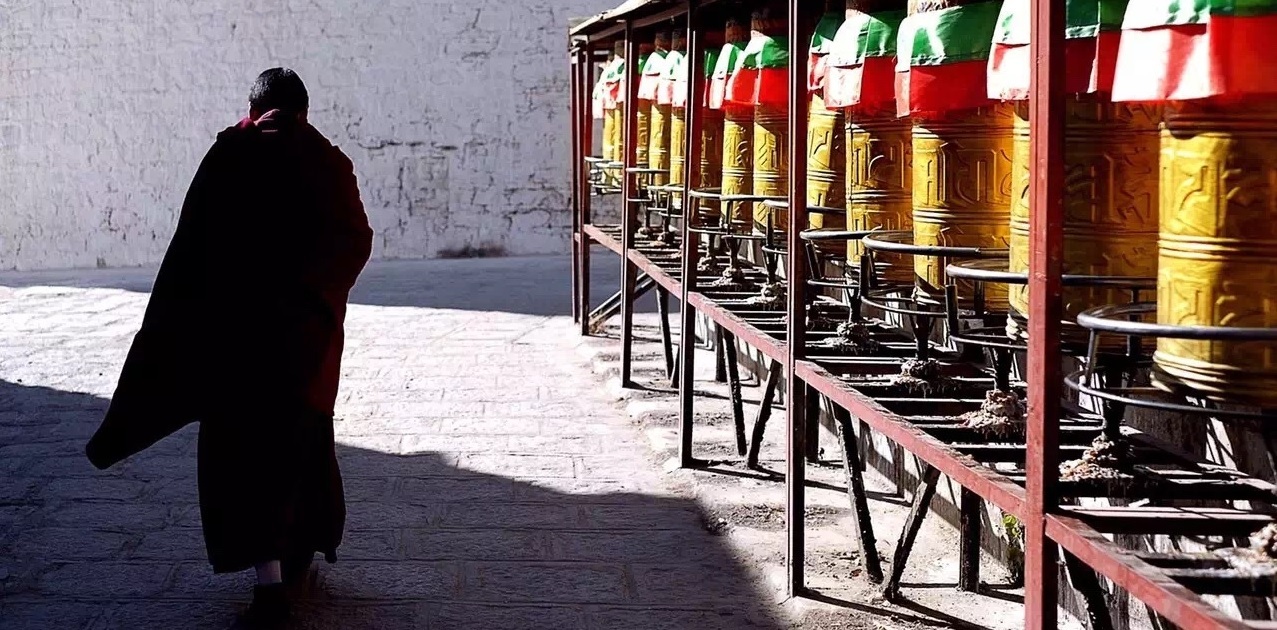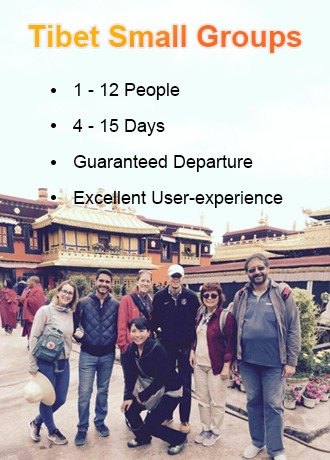Tibet Facts
- by Freya
- Last Updated: 2023-11-15

About Tibet
- English Name: Tibet Autonomous Region (TAR), short for Tibet
- Chinese Name: 西藏(Xi Zang)
- Sanskrit Name :तिब्बत
- Another Name: Roof of the World, The third Pole
- Capital: Lhasa
- Government: Governed by the Chinese Communist Party
- Location: located to the southwest of China, bordering India, Nepal, Myanmar (Burma) and Bhutan.
- Zipcode: 850000-860000
- Area: 1.22 million sq km (approximately 474,000 sq miles)
- Language: standard Tibetan language and Mandarin
- Population: 3.4382 million (resident population in 2018)
- Average altitude: above 4000 m
- Airport: Lhasa Gongga International Airport, Qamdo Bamda Airport, Nyingchi Mainling Airport, Xigaze Peace Airport, Elikunsha Airport
History of Tibet
Tibet has been an important part of China's territory since ancient times, and the central government has always exercised effective jurisdiction over Tibet. The Tibetan people are an important member of the big family of the Chinese nation. As early as the Paleolithic age, Tibet had the footprints of Tibetan ancestors. About four or five thousand years ago, the scattered tribes of Tibetan ancestors living here were gradually unified, forming the initial stage of Tibetan society.
In the 7th century, Tibetan history entered a completely new stage. After Songtsen Gampo succeeded Zampu, he unified Tibet and established the Tubo Dynasty. Most written records of the present also began from this period. During his reign, he married Princess Wencheng and learned from the Tang Dynasty many advanced experiences and political and cultural achievements, as well as maintained a very friendly relationship with the Tang Dynasty in political, economic, and cultural aspects. The Tibetan language system was gradually improved during this period. Songtsan Gambo laid the foundation of the close friendship between the Tubo Kingdom and the Tang Dynasty for more than 200 years. In Lhasa, the capital of the Tibet Autonomous Region, the statue of Princess Wen Cheng is still enshrined and worshipped in the Potala Palace. The Monument to the alliance between the Tibetans and the Han erected in the 9th century still stands in the square of Jokhang Temple till now.
Tibetan Buddhism has always been closely integrated with the development of Tibet. In the middle of the 9th century AD, the conflicts within the Tubo Kingdom became more and more fierce, and gradually evolved into a situation where military commanders were divided into divisions. In the 11th and 12th centuries, Tibetan Buddhism formed the Nyingma, Gelugpa, Sakya, and Kagyu, and later derived many branches from the Kagyu school. These sects were combined with the feudal separatist forces at that time, contributed to the social form of "integration of monks and laymen, political and religious unity" in Tibet. In 842, the Tubo Dynasty, which ruled the region for more than 200 years, collapsed. Many separate local forces fought against each other. The war lasted for more than 400 years.
In 1260, after Kublai Khan succeeded to the Mongol throne, he named the Sakya faction as the fifth ancestor, Ba Si Ba, as his state teacher. During the Yuan Dynasty, the central government set up the Xuanzhengyuan to manage the affairs of the Tibetan areas and established the local government of Tibet Sakya. Tibet became an administrative region directly under the central government of the Yuan Dynasty.
During the Qing Dynasty, the relations between Tibet and the central government were further strengthened. In 1625 and 1713, the Qing government conferred the titles of Dalai Lama and Panchen lama respectively. In 1721, the Qing government abolished the Diba system. In 1727, a special department was set up to comprehensively manage Tibet. In 1790, the local government and the Garsha government were established. In 1791, the Qing government sent troops to Tibet and stipulated that the minister in charge of Tibet and the Dalai Lama jointly take charge of the affairs. From 1792 to 1793, the Qing government formulated the "imperial charter for the aftermath of the order in Tibet", which regulated the political, financial, military, diplomatic, and religious aspects of the local government of Tibet and strengthened the management of the central government.
On May 23rd, 1951, the Central People's Government and the local Tibetan Government signed the "Agreement on the Method of Peaceful Liberation of Tibet" in Beijing and achieved peaceful liberation. In 1956, the preparatory committee of the Tibet Autonomous Region was established. On September 1st, 1965, the Tibet autonomous region was formally established, the regional capital is Lhasa.
Related Articles
-
Tibet Travel Restrictions You Should Know
Tibet is a special destination so there're many travel restrictions in Tibet. And foreign tourists should obtain Tibet travel permits before visiting Tibet. -
Tibet Neighbors, Borders and Ports
Tibet is located in the southwest of the Tibet Plateau and neighbors India, Myanmar, Nepal, Bhutan, Kashmir, and other regions, with a 4000km+ borderline. -
Tashi Delek
Tashi Delek is a simple Tibetan greeting word, conveying the wishes of blessing, good luck and happiness. Do you know the true and original meaning of it? -
Most Famous Tibetan Monasteries and Temples
Tibetan Monasteries and Temples can be seen everywhere in Tibet. It's no exaggeration to say that Tibetan Buddhism is the foundation of Tibetan culture. -
Most Famous Highest Mountains of Tibet
There are 26 of the 100 highest mountains in the world clustered in Tibet. Here are the highest and most famous mountains with photos and travel tips. -
Top 10 Meditation Retreats in Tibet
Meditation can allow us to fully release stress and traveling to Tibet can see plateau scenery. Combining both will be an amazing journey of a lifetime! -
Tibetan Food and Cuisine
Tibetan food is waiting for you in Lhasa. Popular dishes include Tsampa, butter tea, yak meat, yogurt, etc., which are also the staple diet in Tibet. -
Wild Animals in Tibet
In Tibet, you can only see wild animals from a distance. What do the beautiful elves on the plateau look like? Let's take a look at the top animals in Tibet. -
Kailash Mansarovar Yatra: Once in A Lifetime Experience
Kailash Mansarovar is a pilgrimage site nestled in the Himalayas in Tibet. Over the years, Yatris across the world come to witness its mystical beauty. -
Top 6 Rivers Rising From Tibetan Plateau
Top six rivers rising from Tibet are the Brahmaputra River, Yangtze River, Yellow River, Mekong River, Salween River, and Indus River. -
Where is Mount Everest Located
Mount Everest is located on the border between Tibet and Nepal. It's the main peak of the Himalayas and the highest mountain in the world.
Email response within 0.5~24 hours.



